
BE THE FIRST TO KNOW
Subscribe to the Porto eCommerce newsletter to receive timely updates from your favorite products.
Tile flooring is one of the oldest and most enduring materials in the world of home design. From the sunbaked courtyards of Spain to sleek urban lofts in New York, tile has always been about form and function. It’s tough. It’s versatile. It’s beautiful. And today’s innovations in tile manufacturing have only made it more accessible and more stylish, than ever before.
Whether you’re designing your dream bathroom, refreshing your kitchen, or choosing something durable for a busy mudroom, tile gives you a flooring option that’s as resilient as it is refined.
But here’s the catch: with so many types, sizes, layouts, and finishes out there, choosing the right tile can be overwhelming. Do you go with porcelain or ceramic? Glossy or matte? What about natural stone or handmade cement tile? And how do you even begin to calculate what it’ll cost?
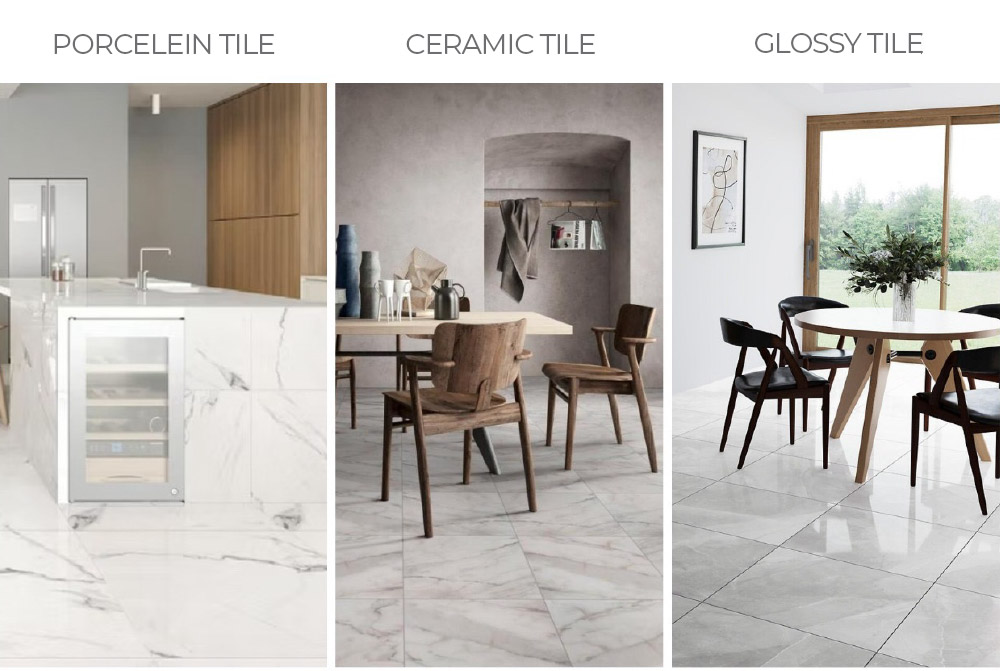
That’s why we created this complete guide. No fluff. No upsell. Just a straight-up, expert breakdown of everything you need to know about tile flooring in 2025 from materials and design trends to installation tips and long-term maintenance.
This guide will help you make informed, confident choices about tile that look great and last for years. And if you’re here as a homeowner, contractor, designer, or just someone in the research phase there’s something here for you.
Let’s start with the basics.
Not all tiles are created equal. The type of tile you choose will impact your floor’s durability, appearance, feel, and maintenance requirements. Let’s break down the five most common categories:
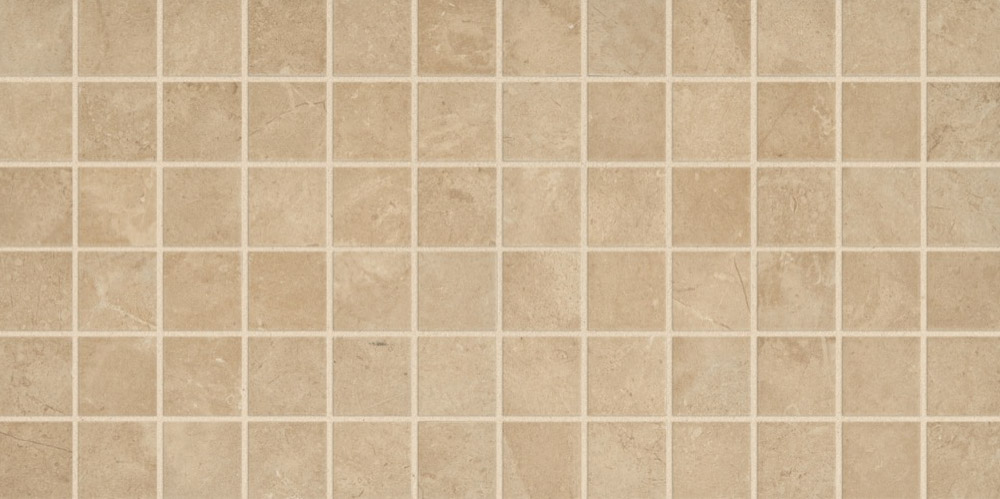
Ceramic tile is made from clay that’s fired at high temperatures and usually finished with a glaze. It’s one of the most widely available and affordable tile options on the market, making it a go-to for bathrooms, backsplashes, and budget-friendly makeovers.
Ceramic works well in low-to-moderate traffic areas like guest bathrooms, laundry rooms, or powder rooms. It’s especially great when you want a clean, classic tile look without overspending.
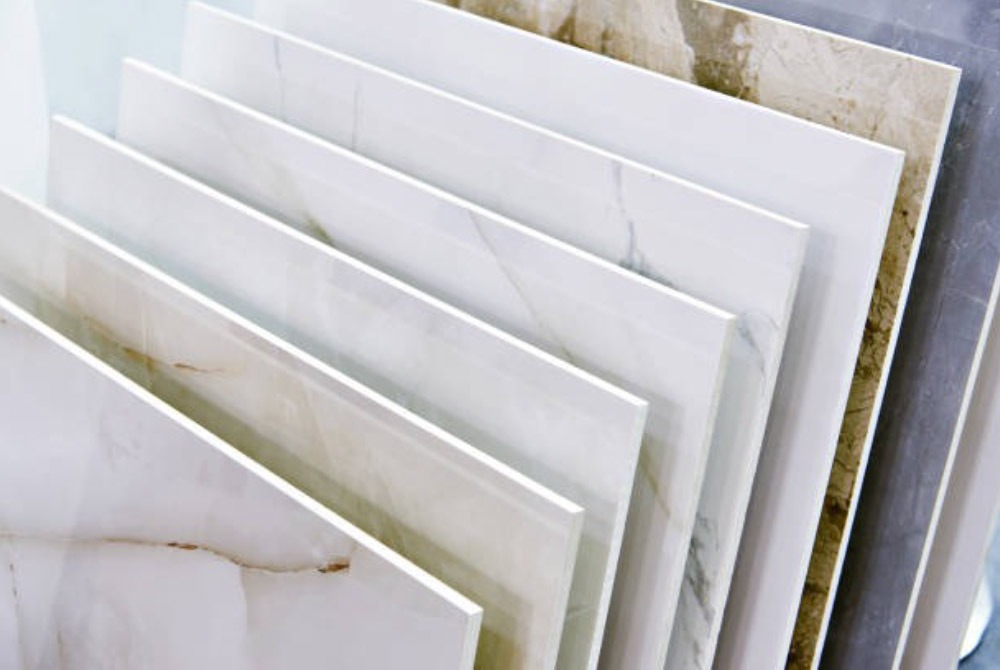
Porcelain is a type of ceramic but more refined. It’s fired at a higher temperature and made with more purified clay, making it harder, denser, and more moisture-resistant than standard ceramic.
Because of its density, porcelain is incredibly durable, perfect for high-traffic areas and rooms exposed to water. It’s also stain-resistant and can even mimic natural materials like wood or stone with stunning realism.
Use porcelain in kitchens, entryways, bathrooms, mudrooms, and even outdoor patios (look for frost-rated versions). If you’re looking for a tile that can handle anything you throw at it, this is your champion.
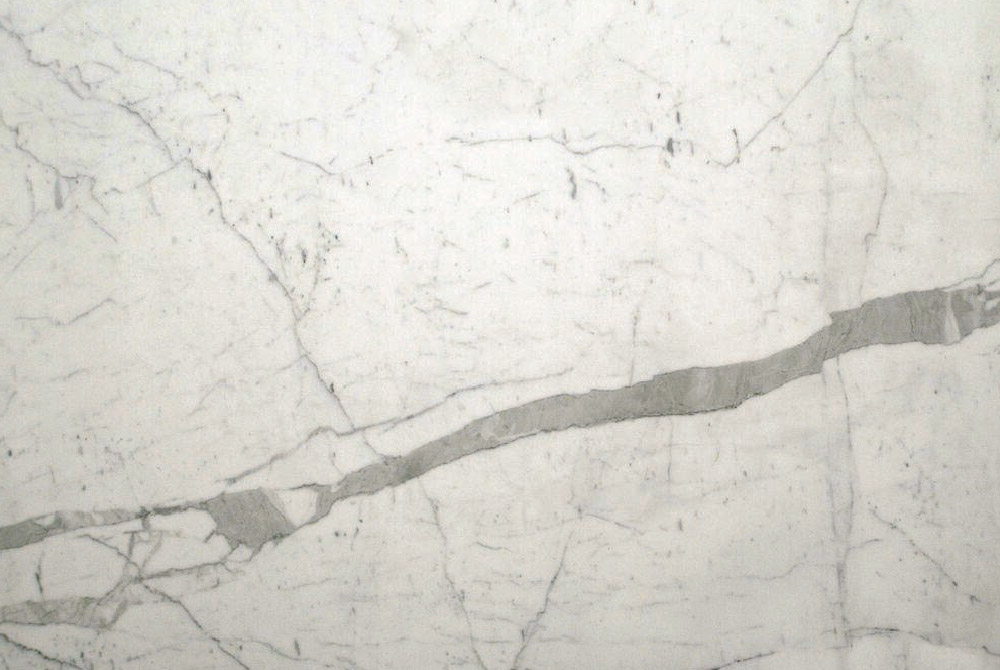
Each natural stone type has its own character:
Stone tile instantly adds luxury and character to a space, but it does come with trade-offs:
Go for natural stone when you’re working on a high-end bathroom, foyer, or master suite, places where you want elegance, and you’re willing to invest in upkeep. It’s about timeless beauty and texture that no manufactured tile can fully replicate.
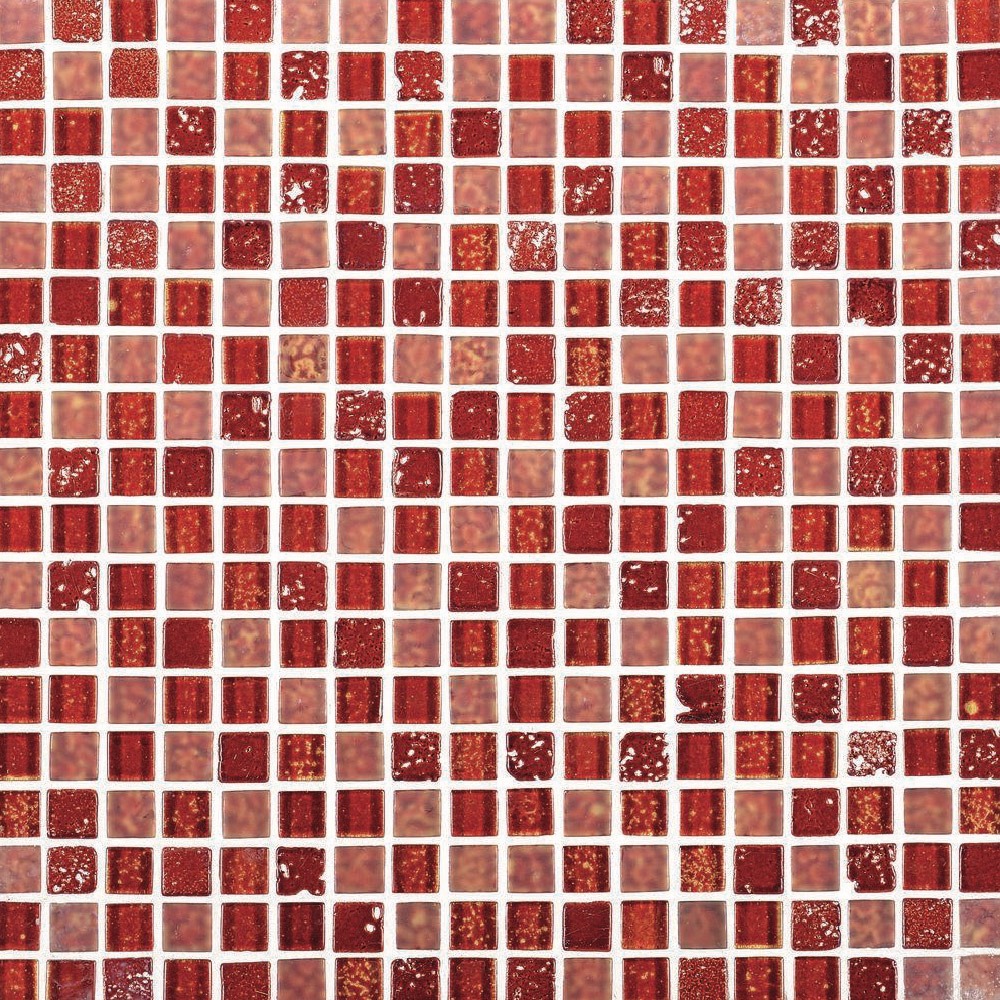
Glass tile is a bold design move, vibrant, shiny, and often found in mosaics. It’s not designed for flooring in heavy-use areas but can be a fun accent in a powder room or shower wall.
Use it to add color or shimmer to backsplashes, niche walls, or fireplace surrounds. Avoid using glass tile on floors, it’s slippery, fragile, and shows scratches easily.
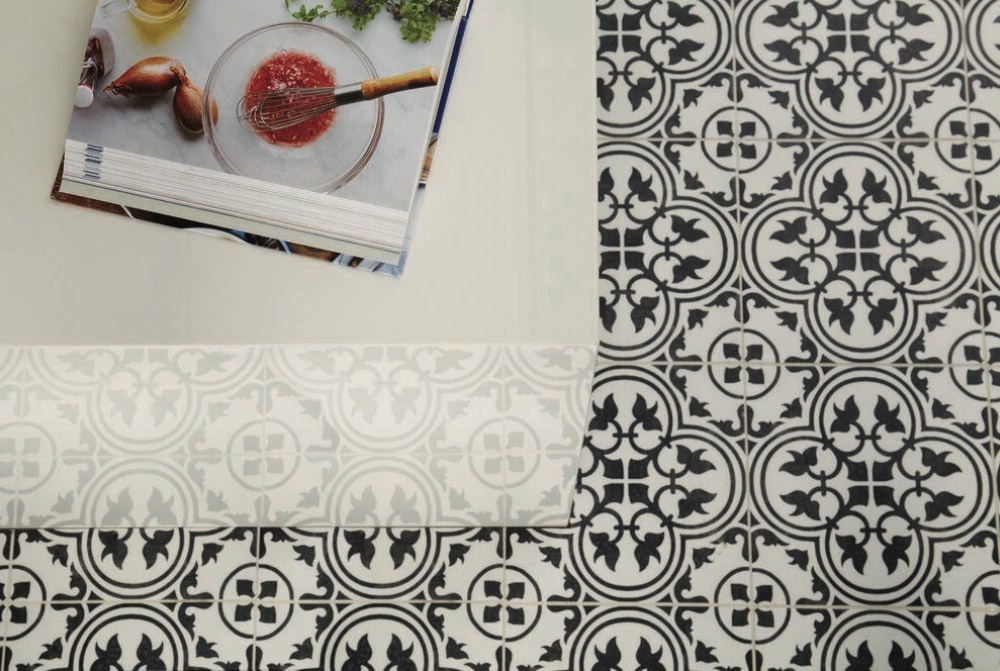
These handcrafted tiles offer a striking, artisan look with bold colors and patterns. They’re popular in Spanish Revival, Mediterranean, and even modern eclectic designs.
Cement tiles are made by hand, layer by layer. They’re porous and need sealing, but the visual impact is unmatched. They develop a beautiful patina over time.
Cement tiles are best for low-traffic areas or rooms where you can keep up with regular sealing. They don’t like acids or harsh cleaners.
In 2025, tile flooring is doing more than holding up your furniture, it’s setting the mood of the entire room. Thanks to digital printing technology and better finishes, tiles today are art pieces, not just building materials.
Here are the design styles making waves:
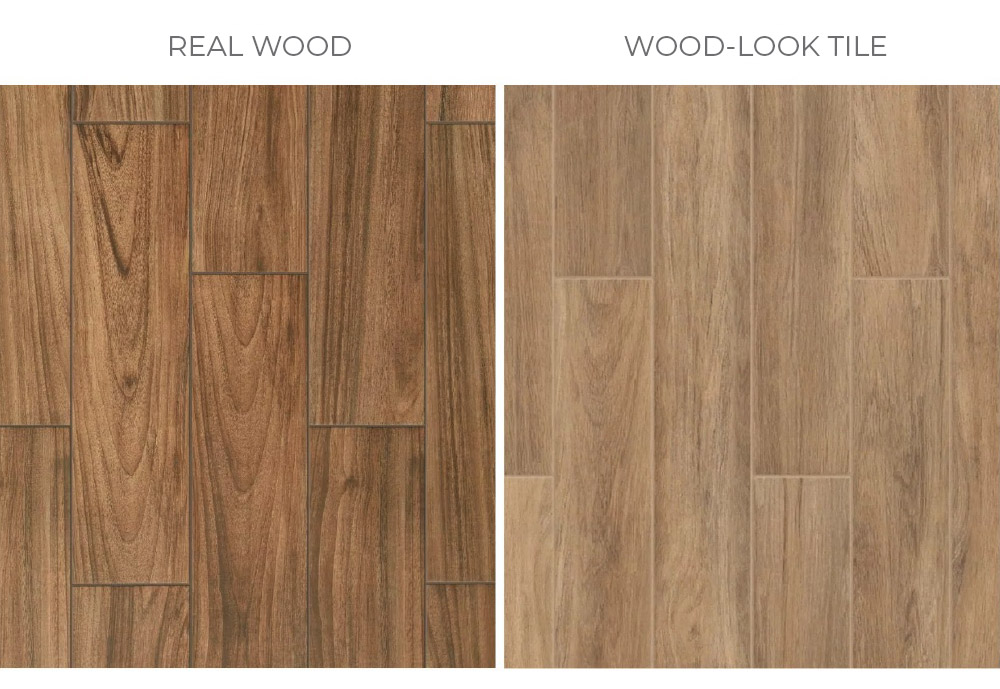
This is the star of the “function meets form” movement. It gives you the warm, rustic aesthetic of wood with the waterproof, scratch-proof durability of porcelain.
Whether you’re going farmhouse, industrial, or Scandinavian, wood-look tile comes in planks, chevrons, and even distressed finishes. It’s especially popular in:
Bonus: You don’t have to worry about warping, refinishing, or fading from sunlight.
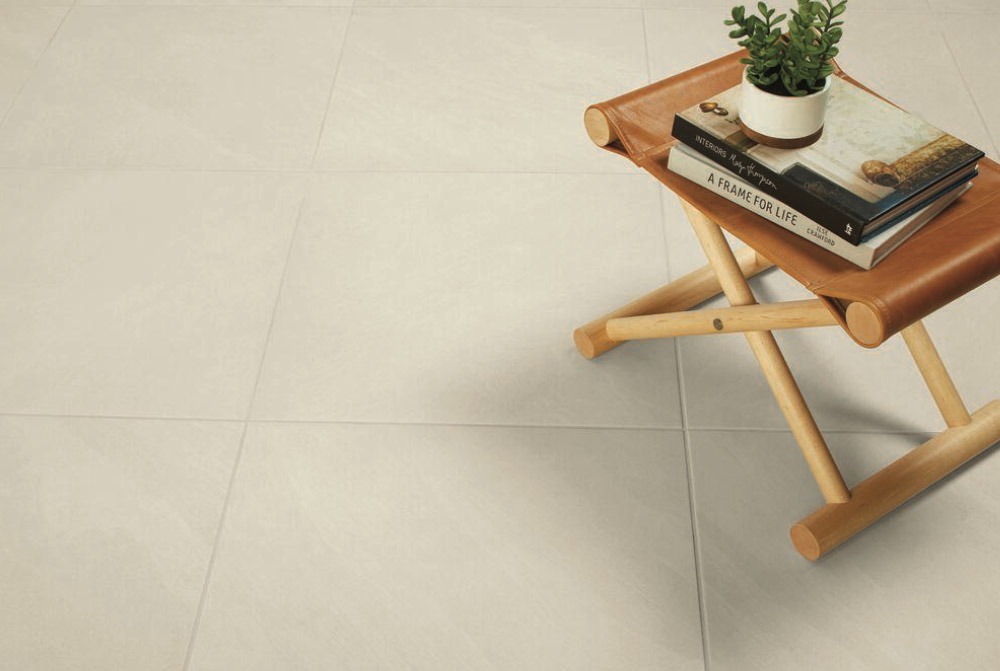
Tiles are getting bigger—and that’s a good thing.
Large-format tiles (24”x24” and up) create a clean, seamless look that minimizes grout lines and makes small rooms feel more expansive. You’ll see these used often in:
Just keep in mind: the larger the tile, the more important it is to prep the subfloor correctly to avoid lippage (uneven tile edges).
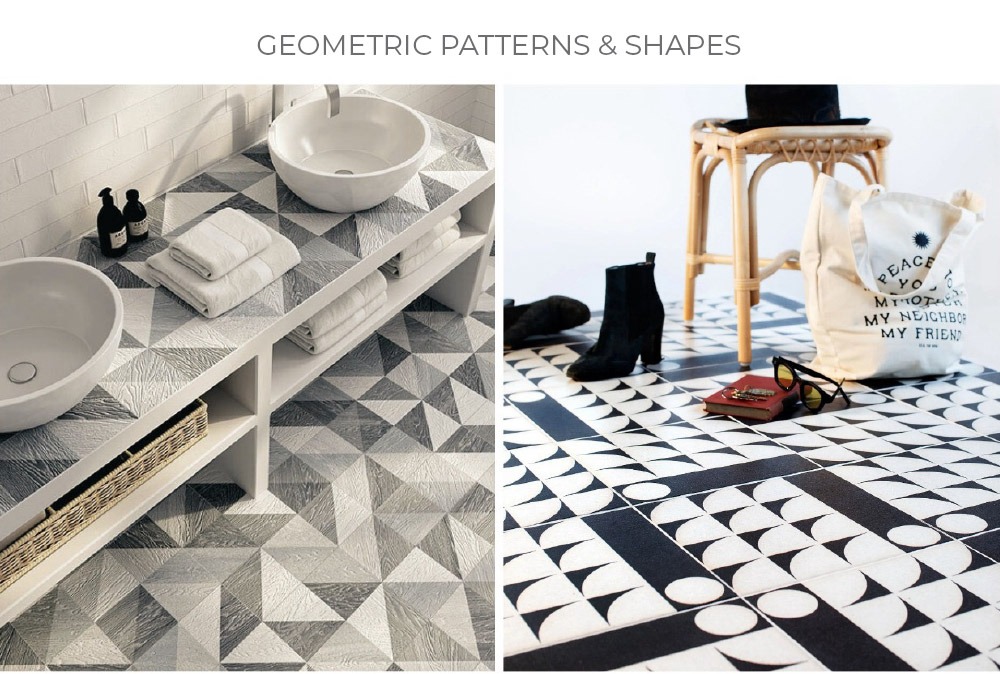
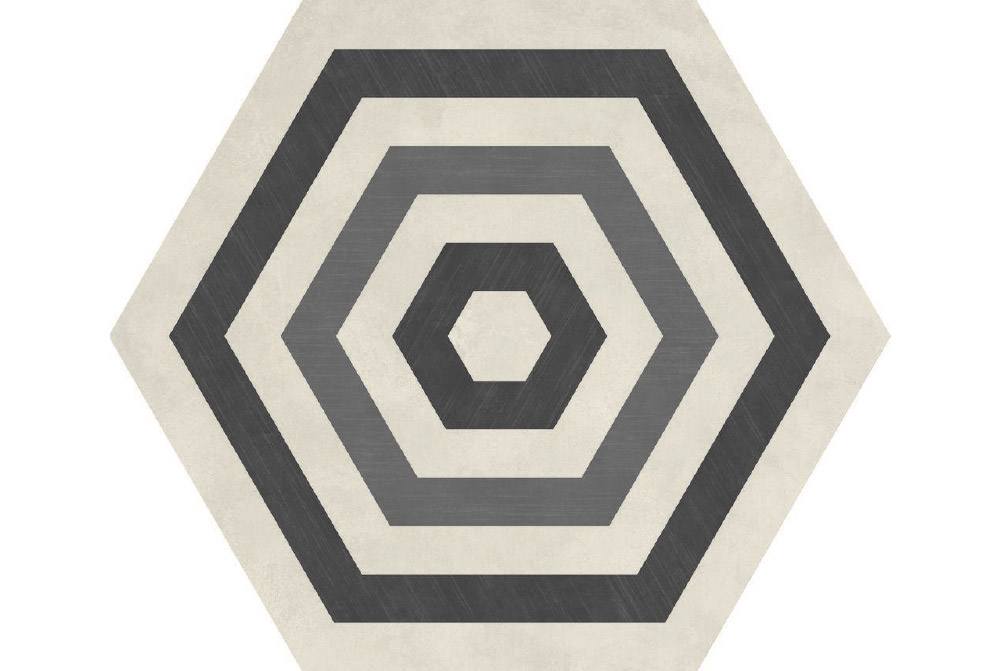
Design-forward homeowners are ditching rectangles for:
Geometric tiles are perfect for creating focal points—whether it’s an entryway floor, powder room, or shower niche. Pair them with neutral furniture to let the tile shine.
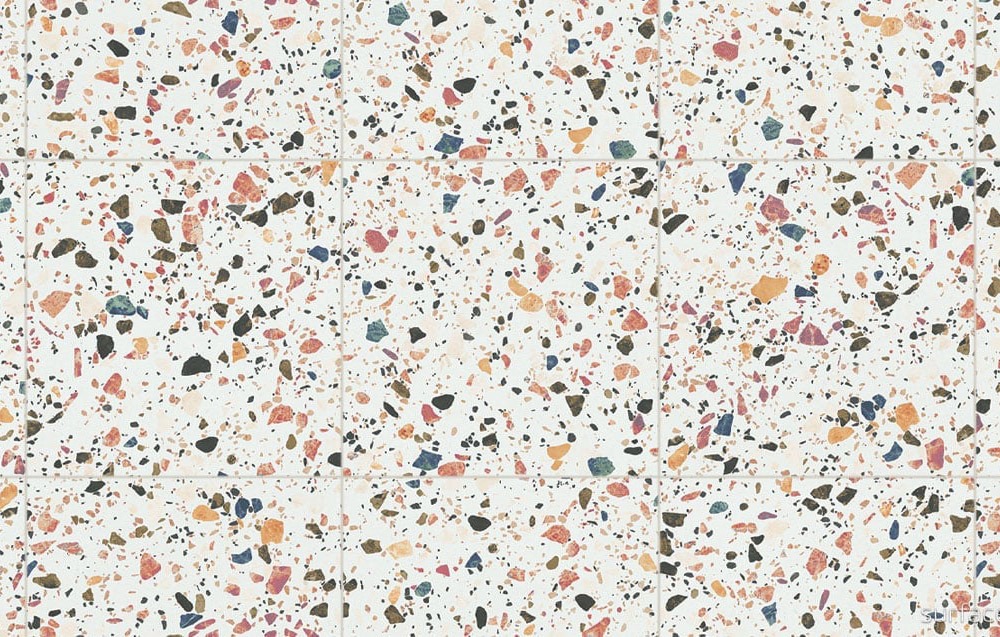
The classic Italian composite is back—but better. New porcelain terrazzo-look tiles give you that flecked, colorful finish without the high price or maintenance of real terrazzo.
These are fun for:
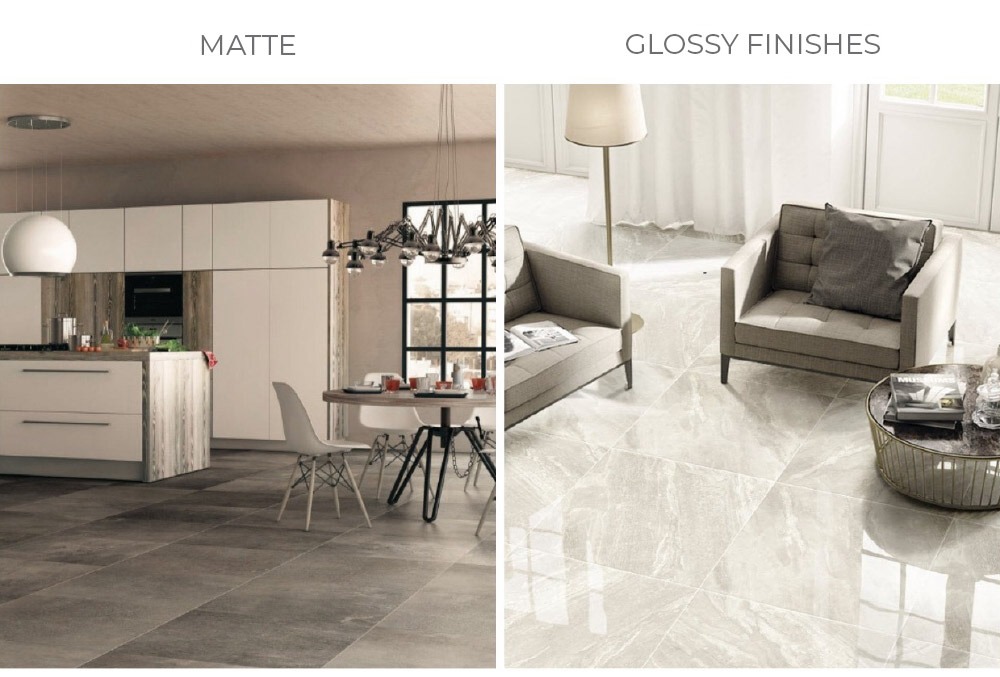
Finish isn’t just about looks—it’s about feel, grip, and maintenance. Here’s the breakdown:
In 2025, matte is leading the way, especially in floor tile. Glossy still has a place, especially on walls or smaller accent sections.
The way your tile is laid out matters just as much as the color or material. Let’s go over how size and layout affect the final result.
There’s a design myth that small rooms need small tiles. Not true.
Larger tiles can actually make a small room feel bigger because they reduce visual clutter (i.e., fewer grout lines). Here’s a cheat sheet:
Your layout pattern adds personality and helps control flow. Some popular ones:
Each layout requires different planning, so talk with your installer before committing.
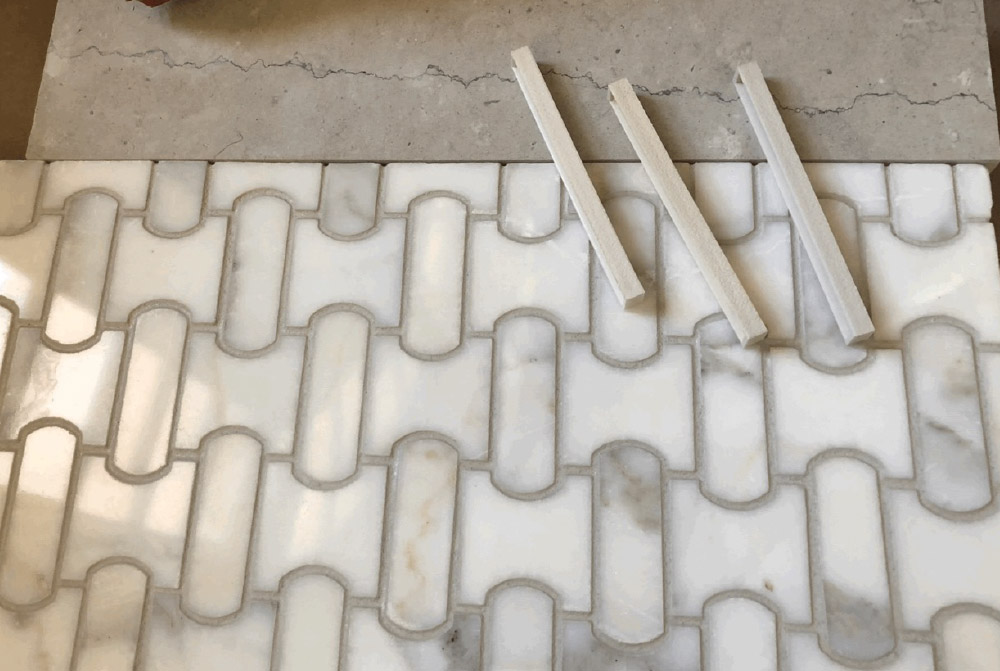
Grout is the unsung hero (or villain) of tile design. It can make or break the whole look.
Just remember: lighter grout shows dirt more easily, while darker grout can fade or haze if not sealed properly.
Different rooms have different demands. Let’s talk function + style by space.
Kitchens are high-traffic zones that face spills, splashes, and foot traffic. Choose tile that:
Pro tip: porcelain tile in a matte finish gives grip without compromising style.
Bathroom tile needs to be safe and stylish:
Tile in the living room? It’s trending. Especially in warmer climates, open-plan layouts, or pet-friendly homes. Entryways need durable, easy-to-clean surfaces that can handle wet shoes and dirty paws.
Choose neutral stone-look or wood-look tile for a warm welcome.
This is where function wins. Go for something:
Grout sealer is a must in these high-moisture zones.
Outdoor tiles need to handle:
Look for porcelain or quarry tiles rated for exterior use. And make sure they’re frost-rated if you live in a colder climate.
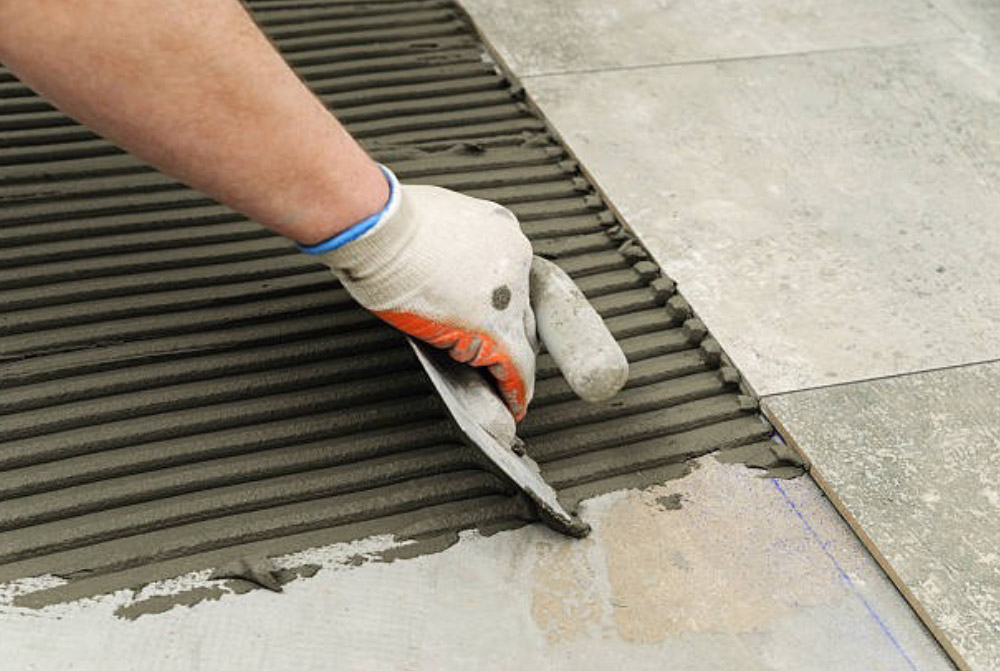
Installing tile isn’t a casual weekend DIY unless you really know what you’re doing. From subfloor prep to layout precision, tile installation is an art backed by science—and often best left to the pros.
Before a single tile goes down, the subfloor must be flat, clean, and dry. Any bumps, dips, or moisture issues will affect the final result.
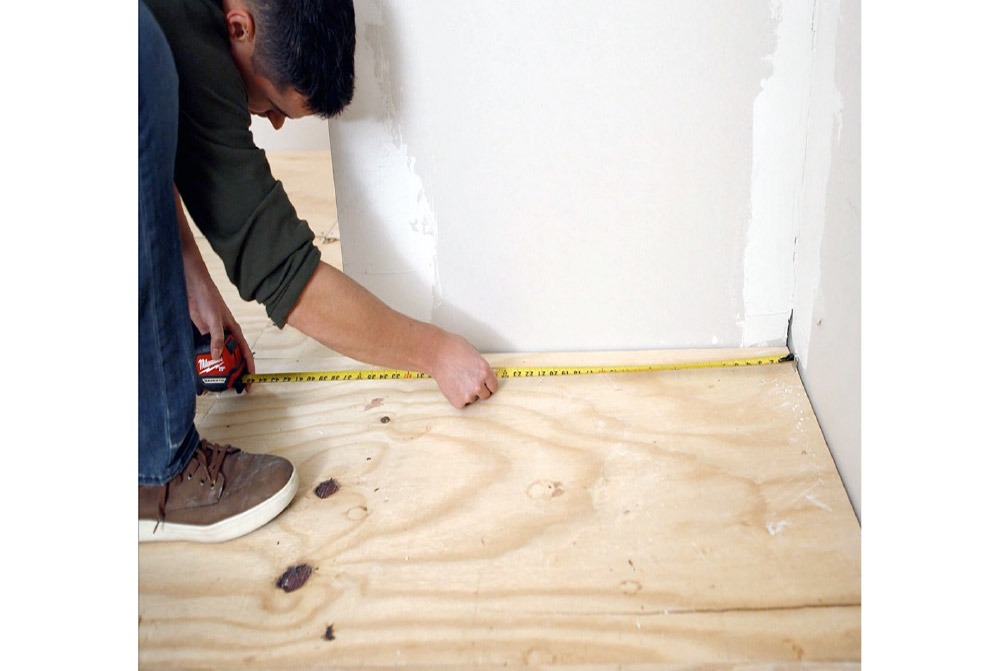
Tile layout isn’t just about sticking squares to the ground. A skilled installer will:
Pro tip: Start from the center of the room and work outward for symmetrical results.
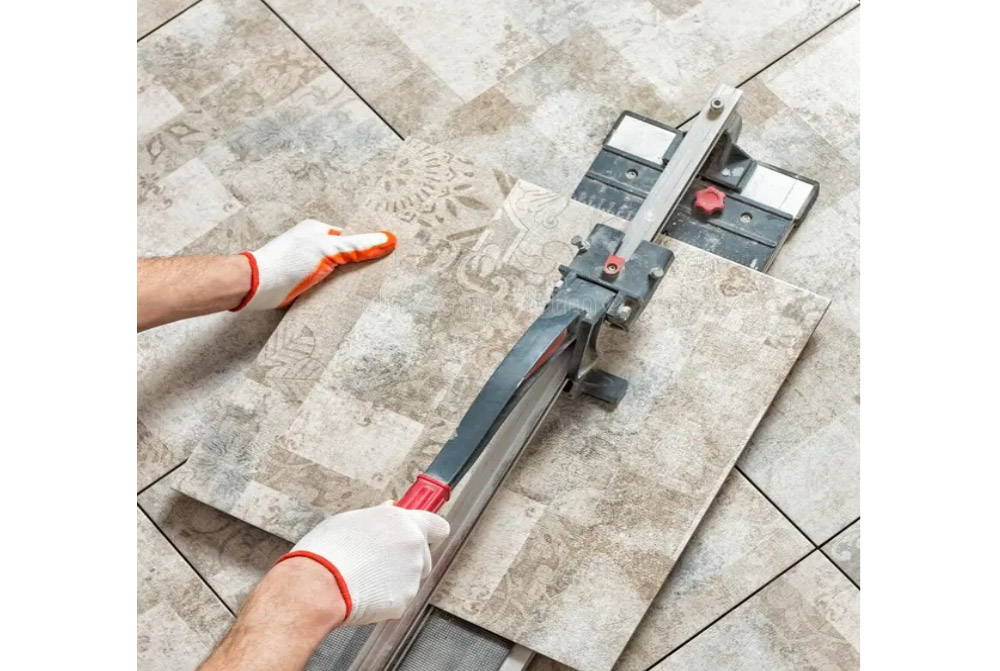
There are two primary adhesives for tile:
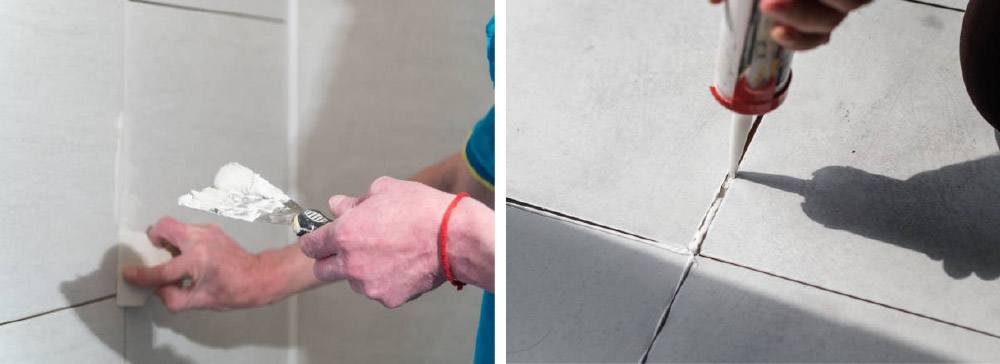
Grout types include:
After grouting, most tiles and all natural stone need sealing. Don’t skip it—it protects against stains, mold, and water damage.
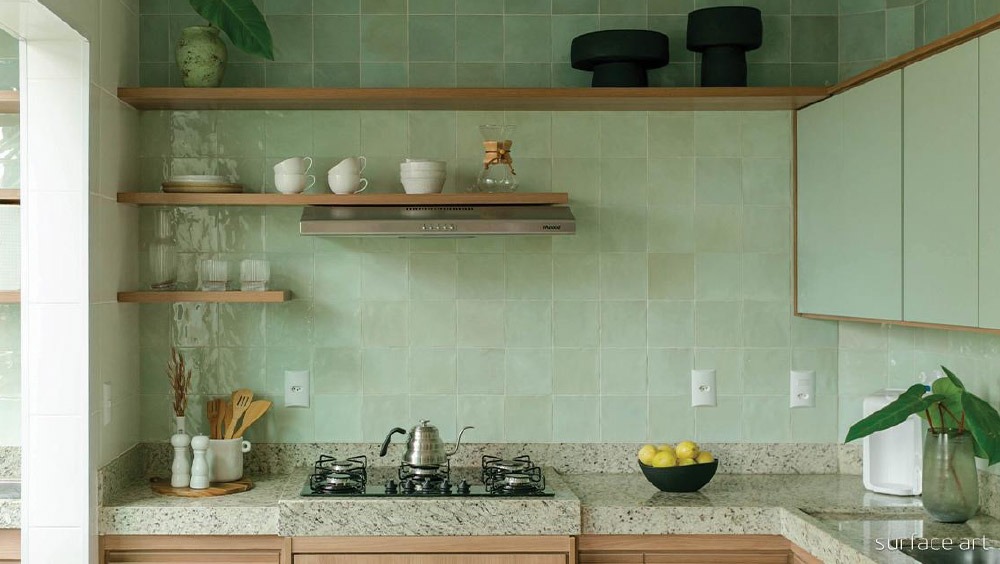
Costs can vary dramatically depending on material, location, and installation complexity. Here’s a quick breakdown:
| Tile Type | Price Range |
|---|---|
| Ceramic | $2–$5 |
| Porcelain | $3–$10 |
| Natural Stone | $5–$30+ |
| Glass/Cement | $10–$25+ |
Professional installation typically adds $5–$15 per square foot, depending on:
On average, most homeowners spend:
Always factor in underlayment, grout, sealer, and removal of old flooring if necessary.
Tile is durable—but not maintenance-free. Keeping it in top shape involves a little routine care and the right products.
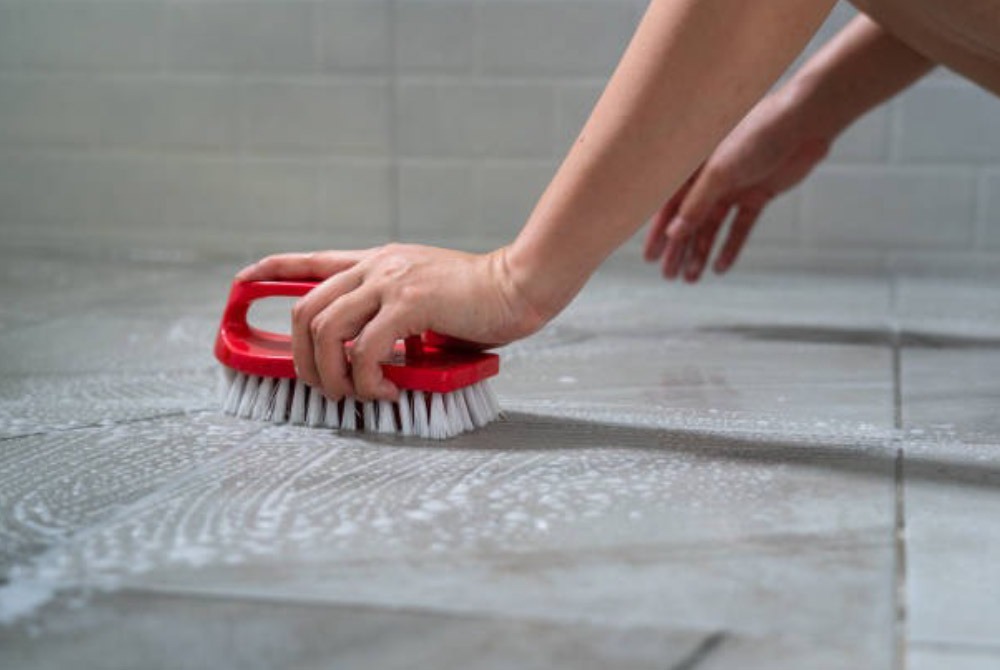
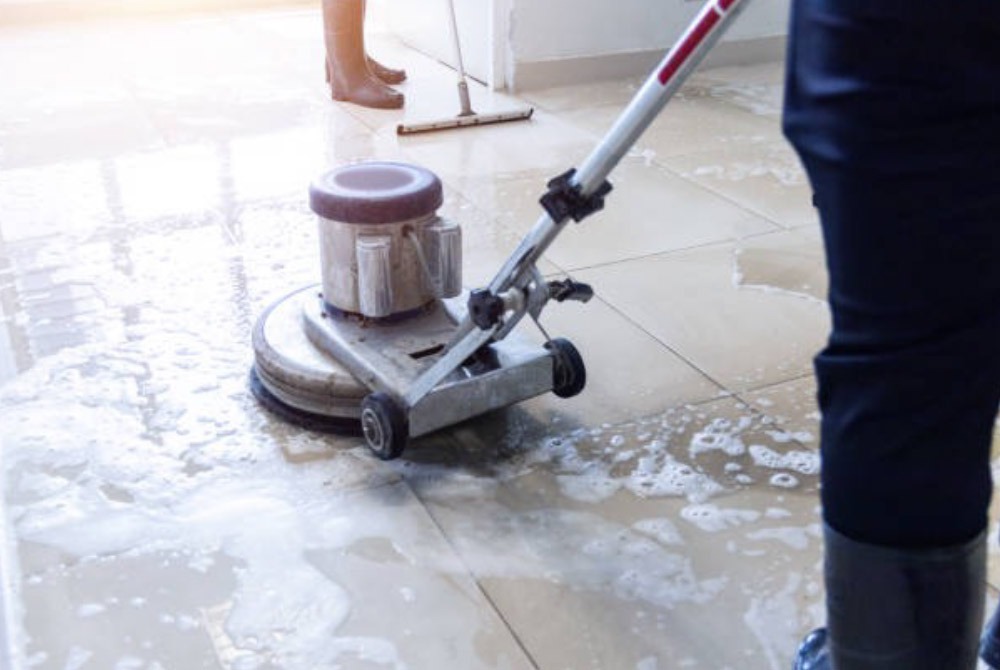
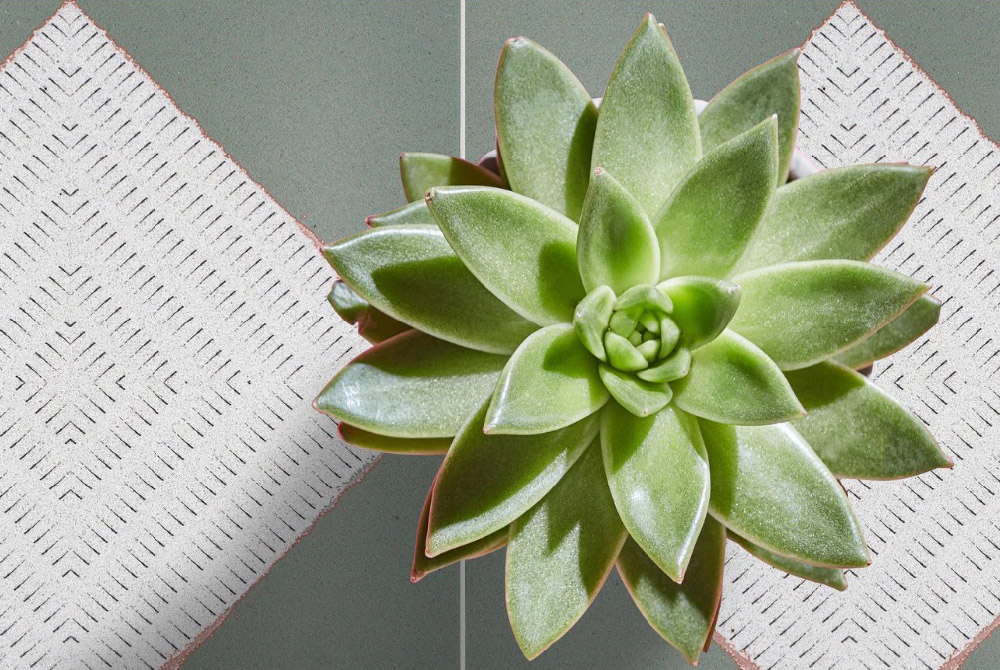
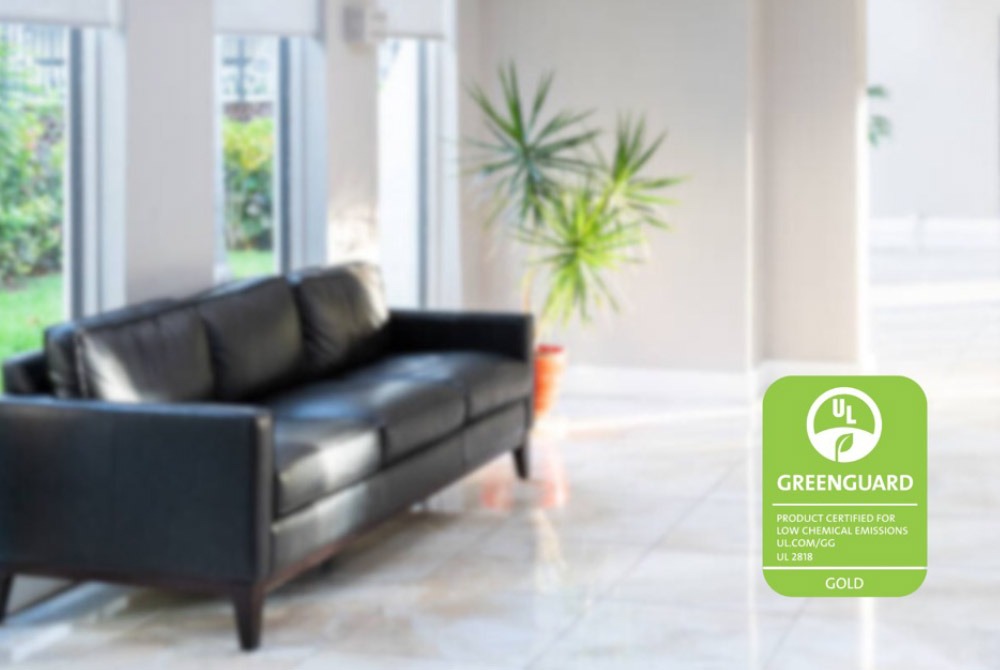
If you’re eco-conscious, good news: tile is one of the greenest flooring materials available.
Look for tile brands that prioritize environmental impact throughout the supply chain.
Tile works well with radiant heating systems and helps regulate indoor temps cooler in summer, warmer in winter when paired with heating. That means lower energy bills and better comfort.
Tile is durable, timeless, and more customizable than ever. Whether you’re going bold with patterns or staying minimal with stone-look porcelain, it’s a material that delivers on beauty, strength, and value.
But it’s not one-size-fits-all. It demands proper installation, a thoughtful layout, and a bit of care over time. That said if you want floors that last decades, resist moisture, and make a statement? Tile might just be the smartest choice you make.